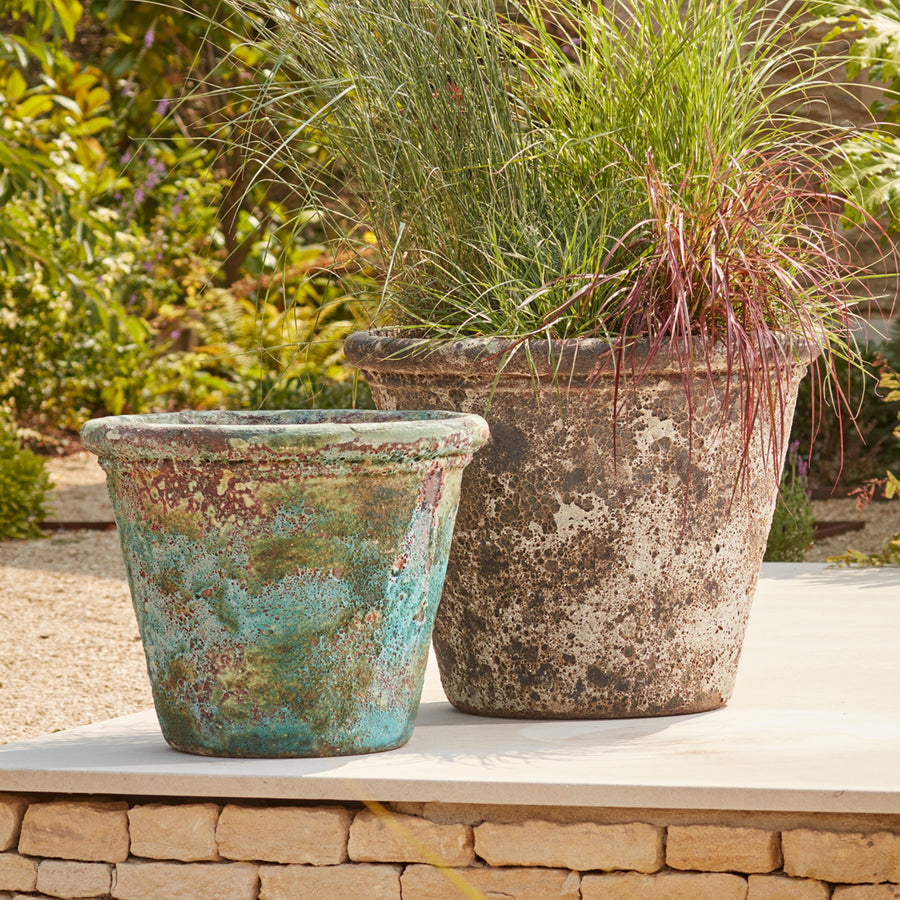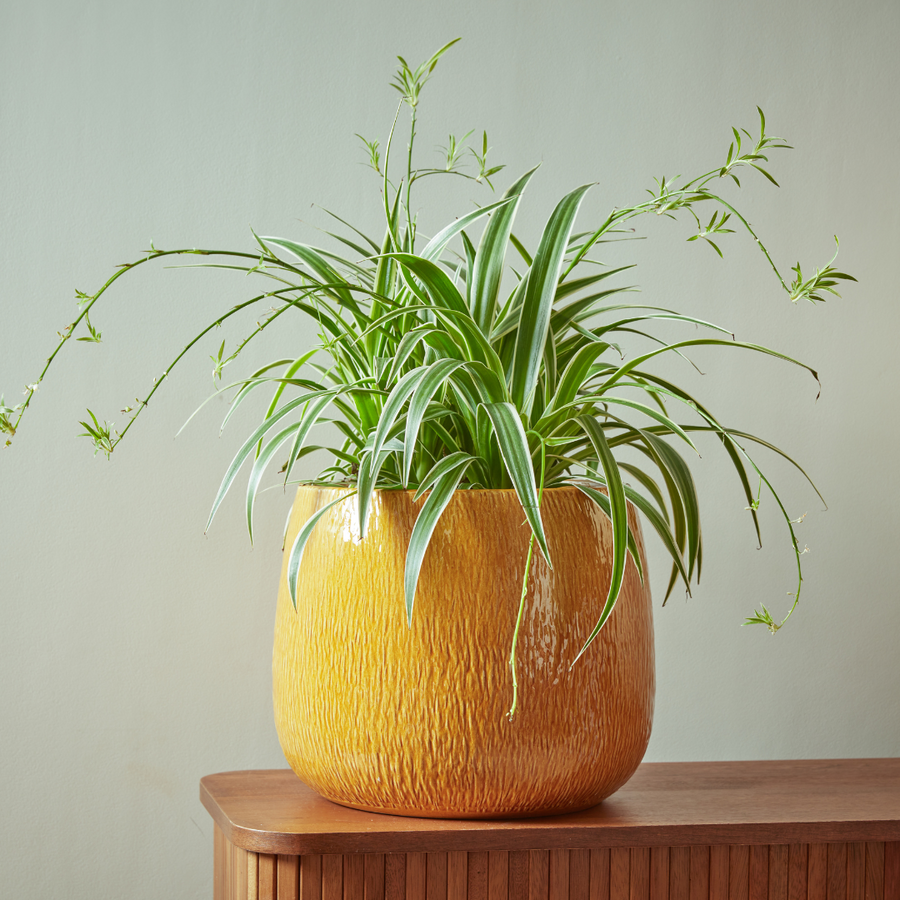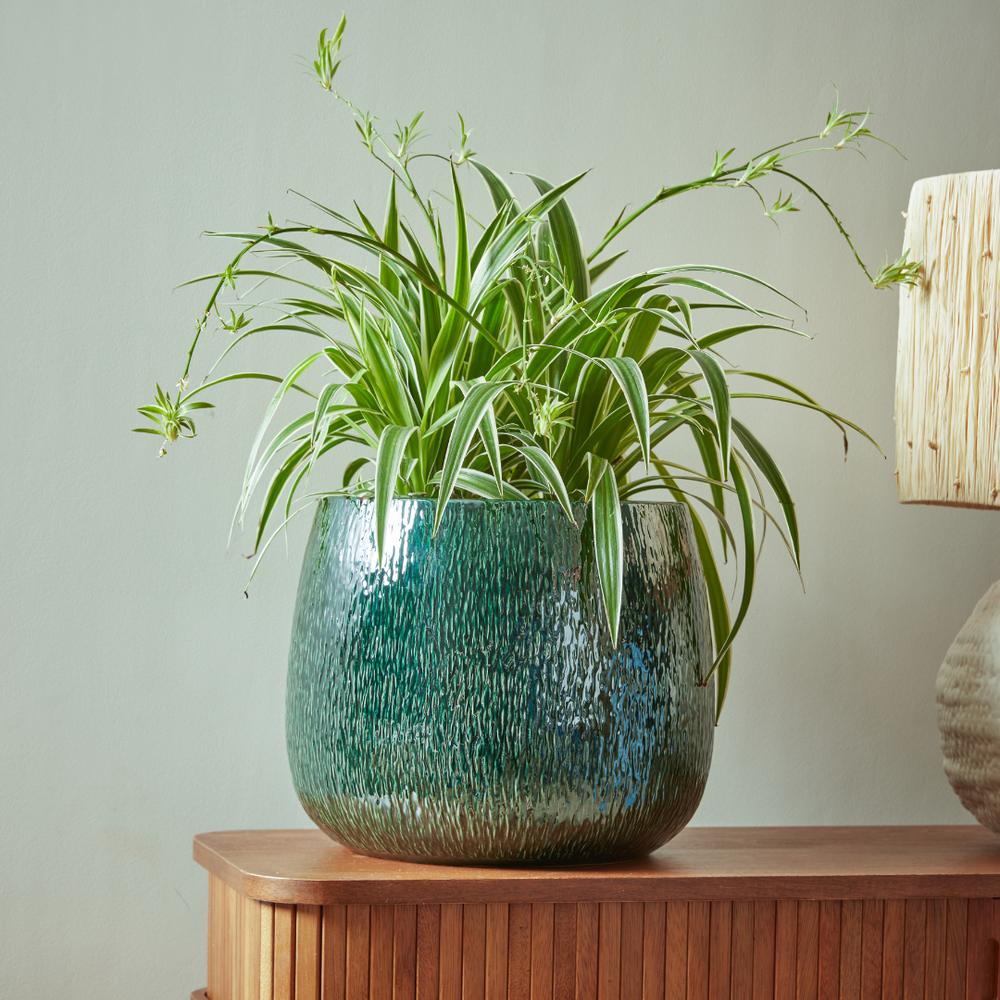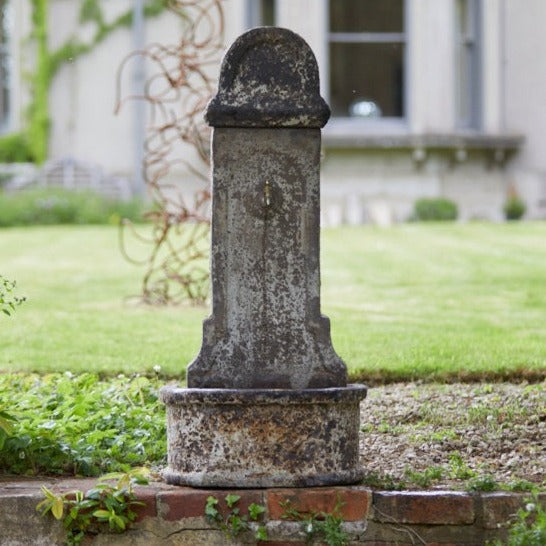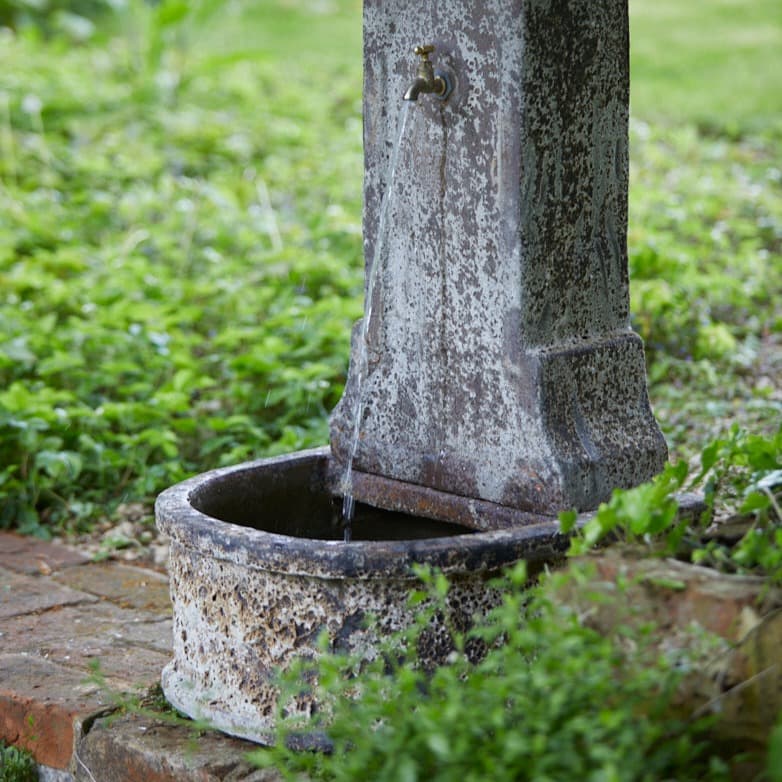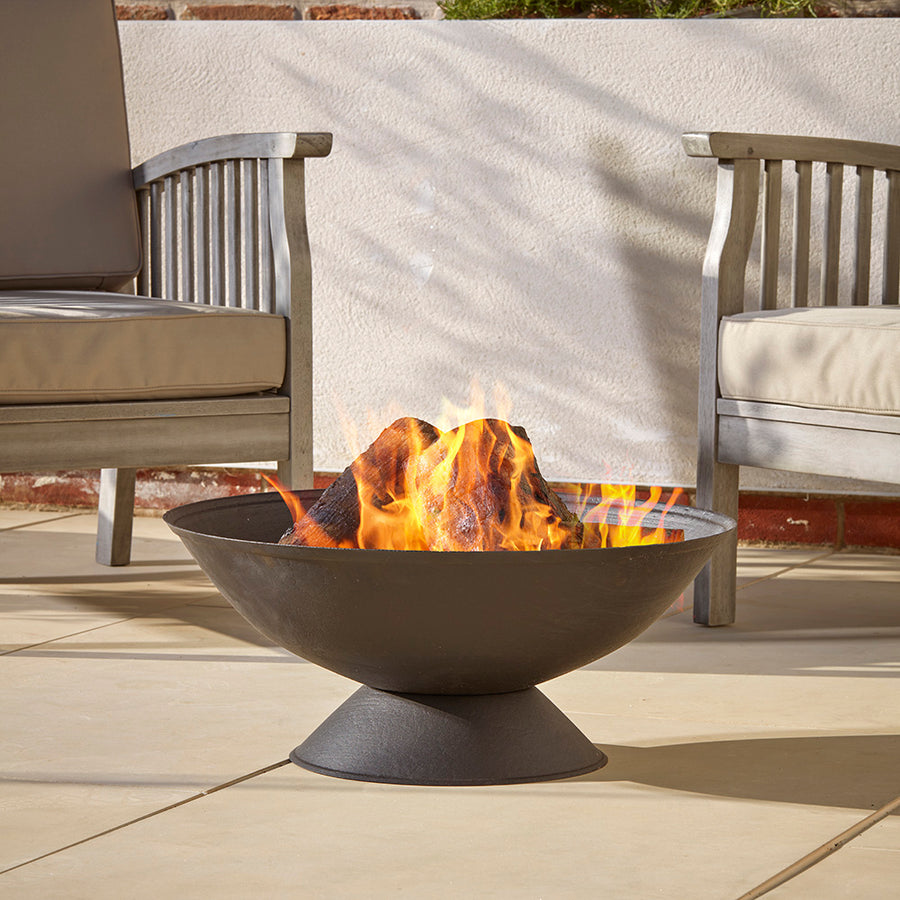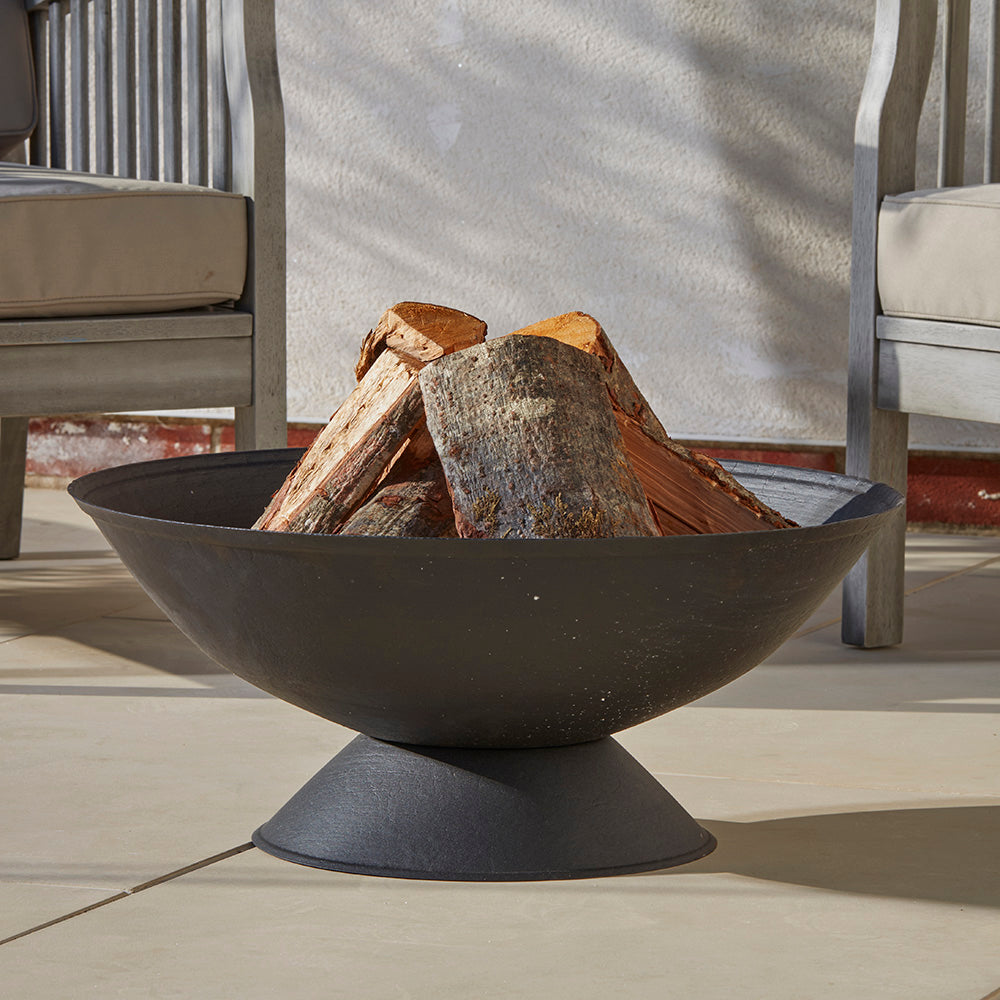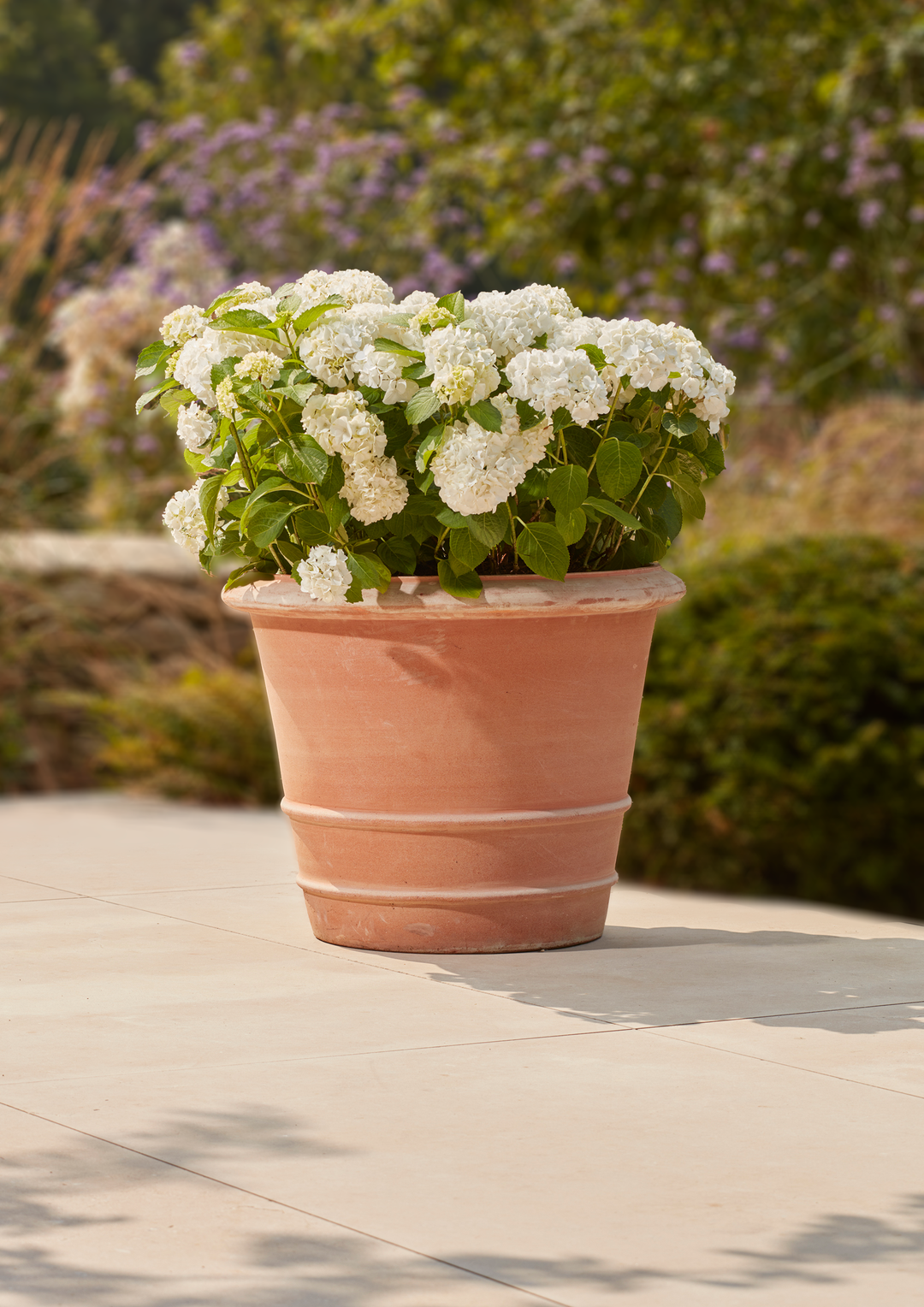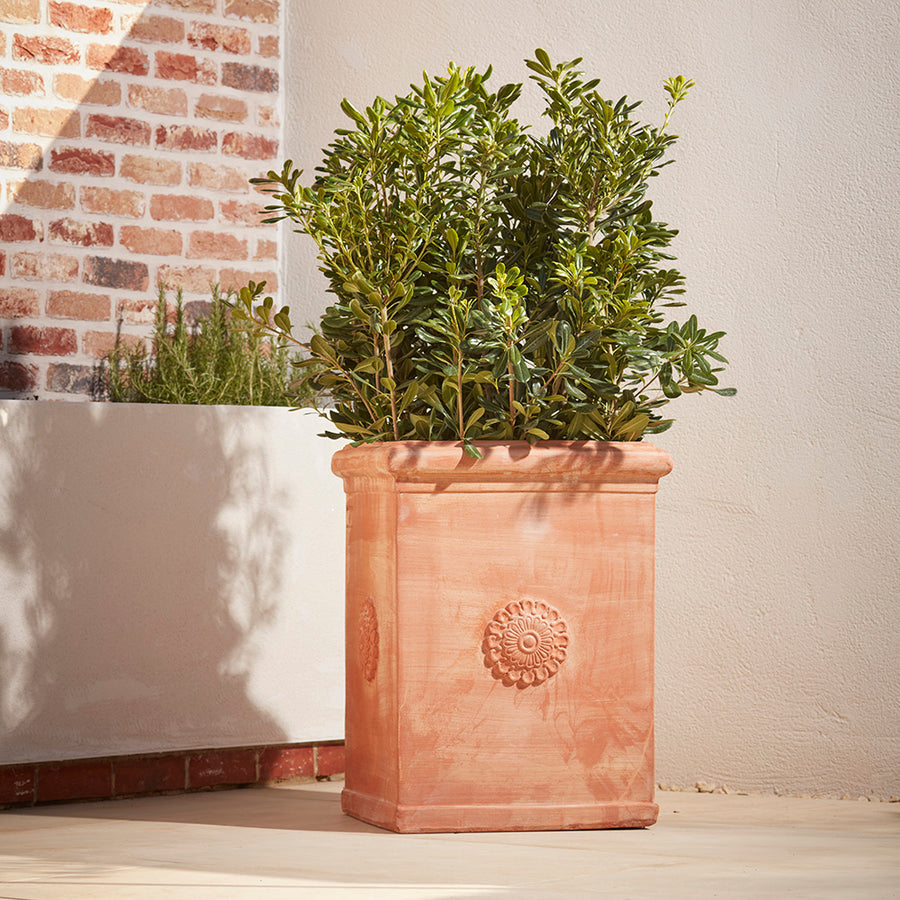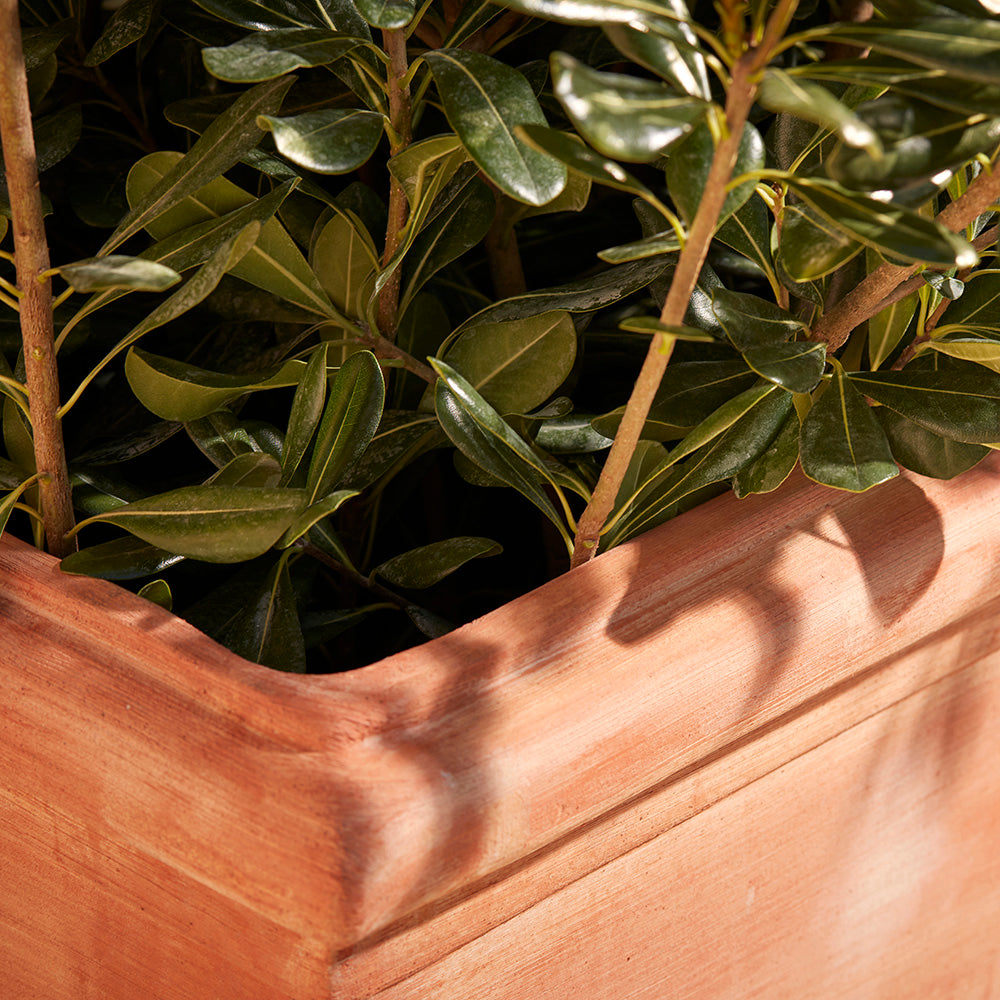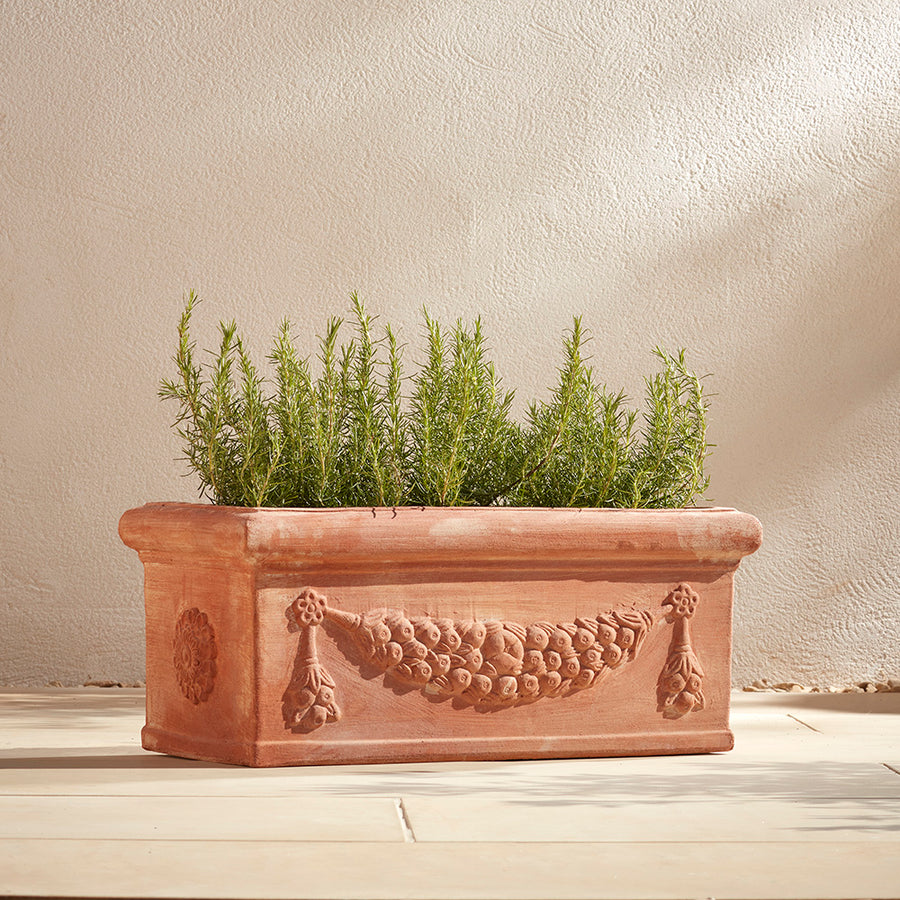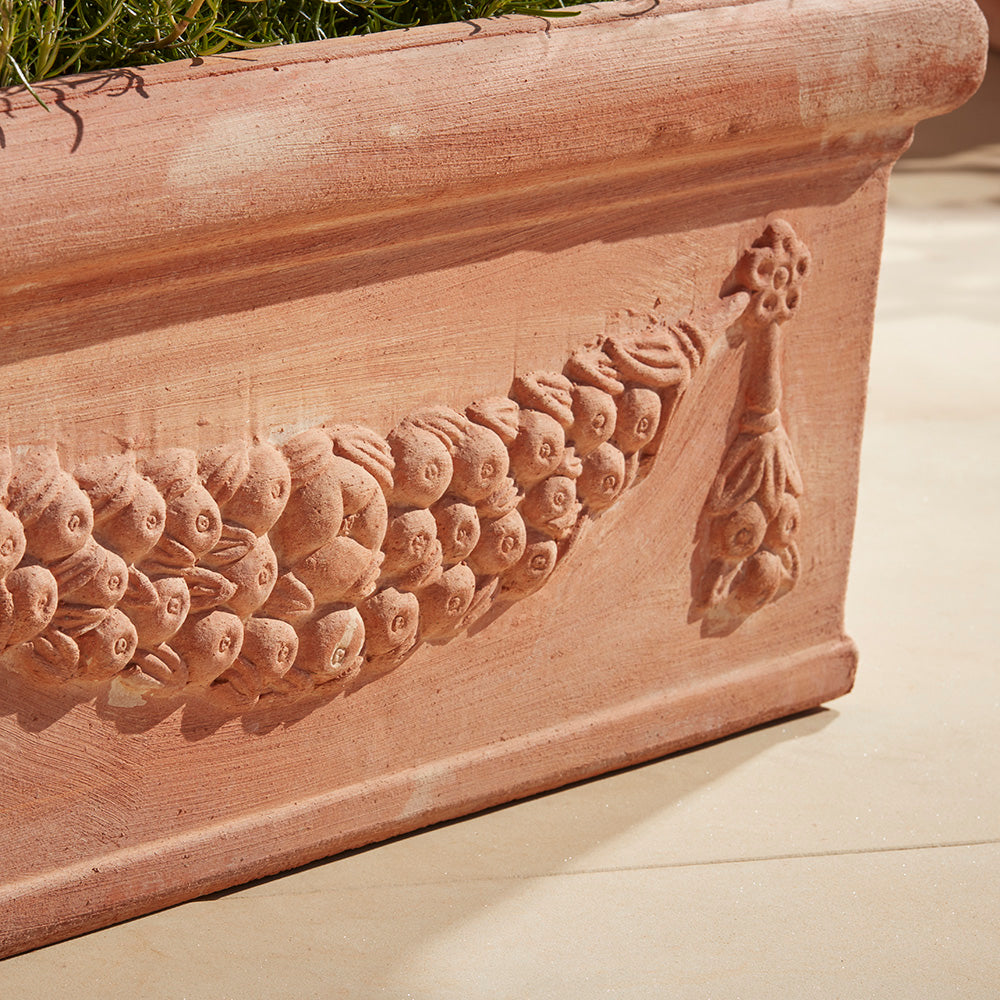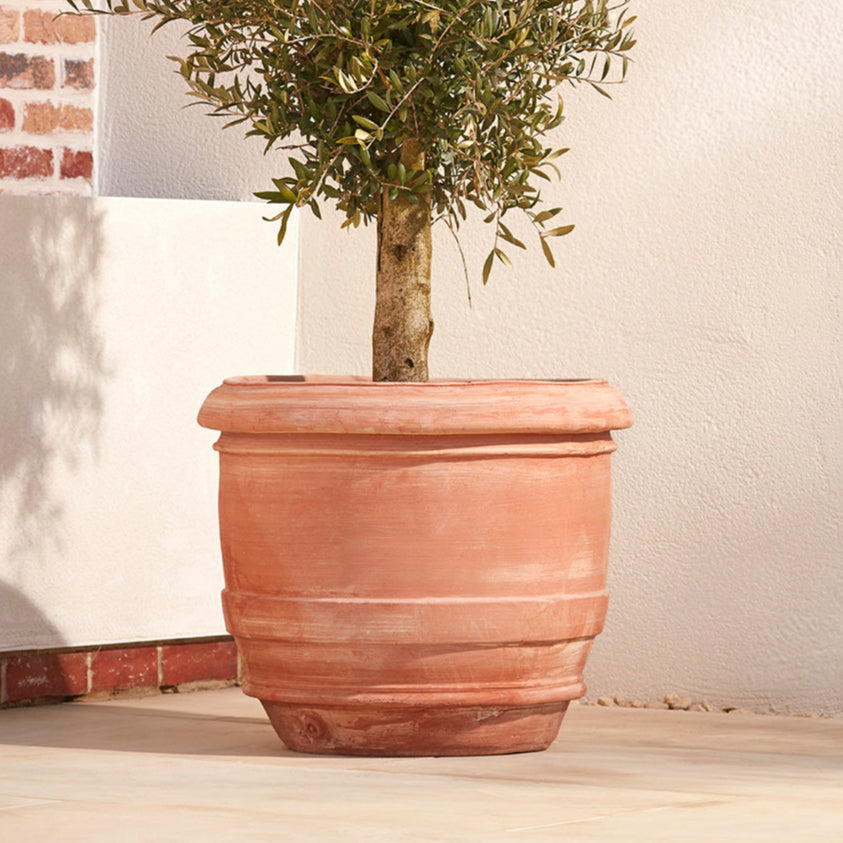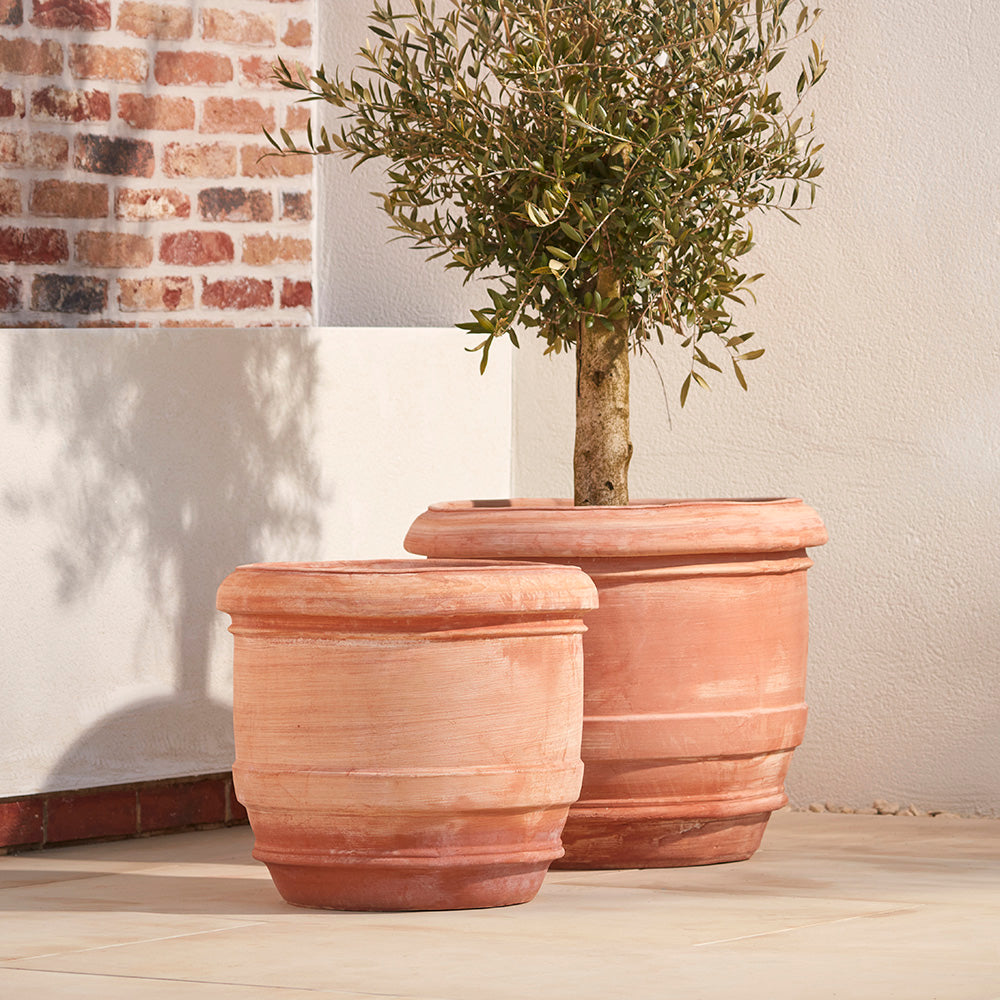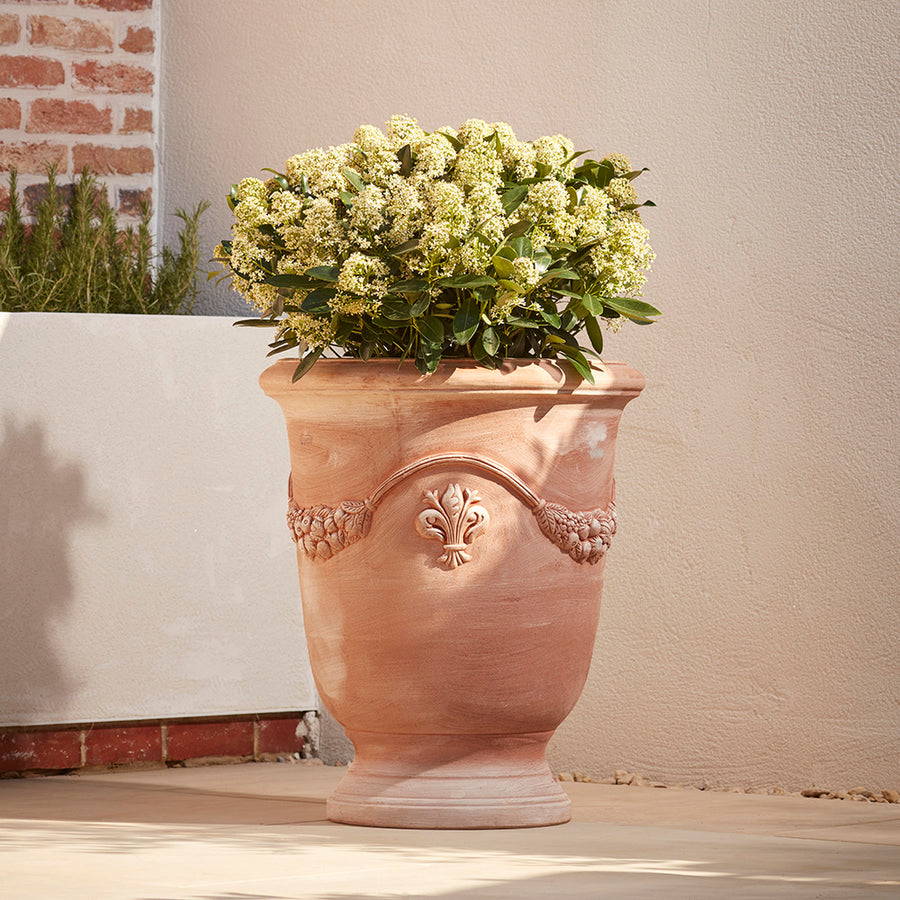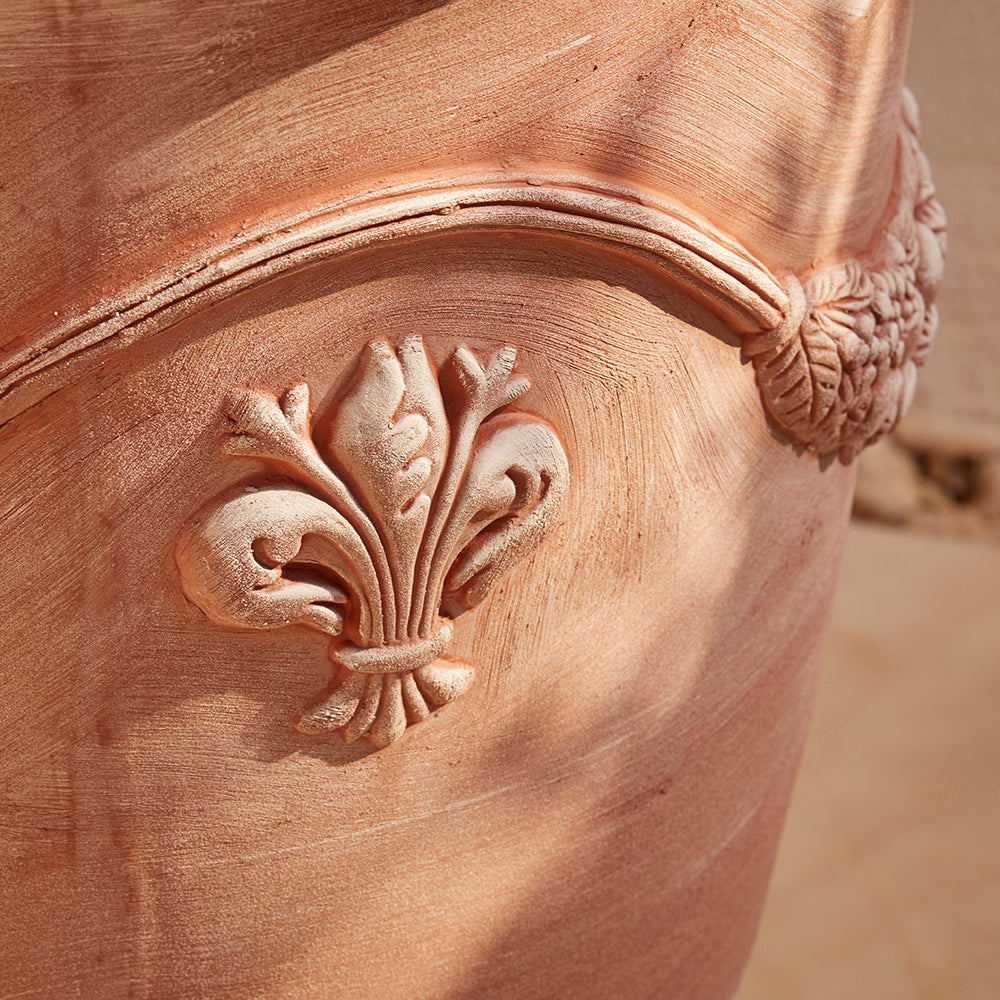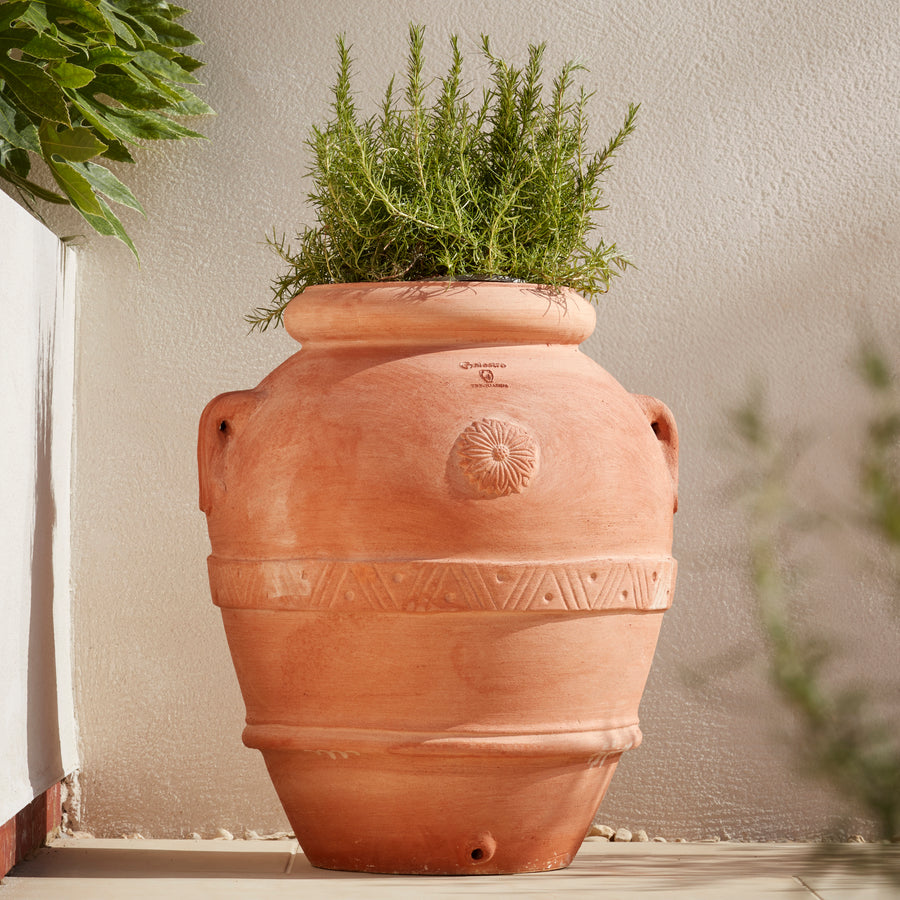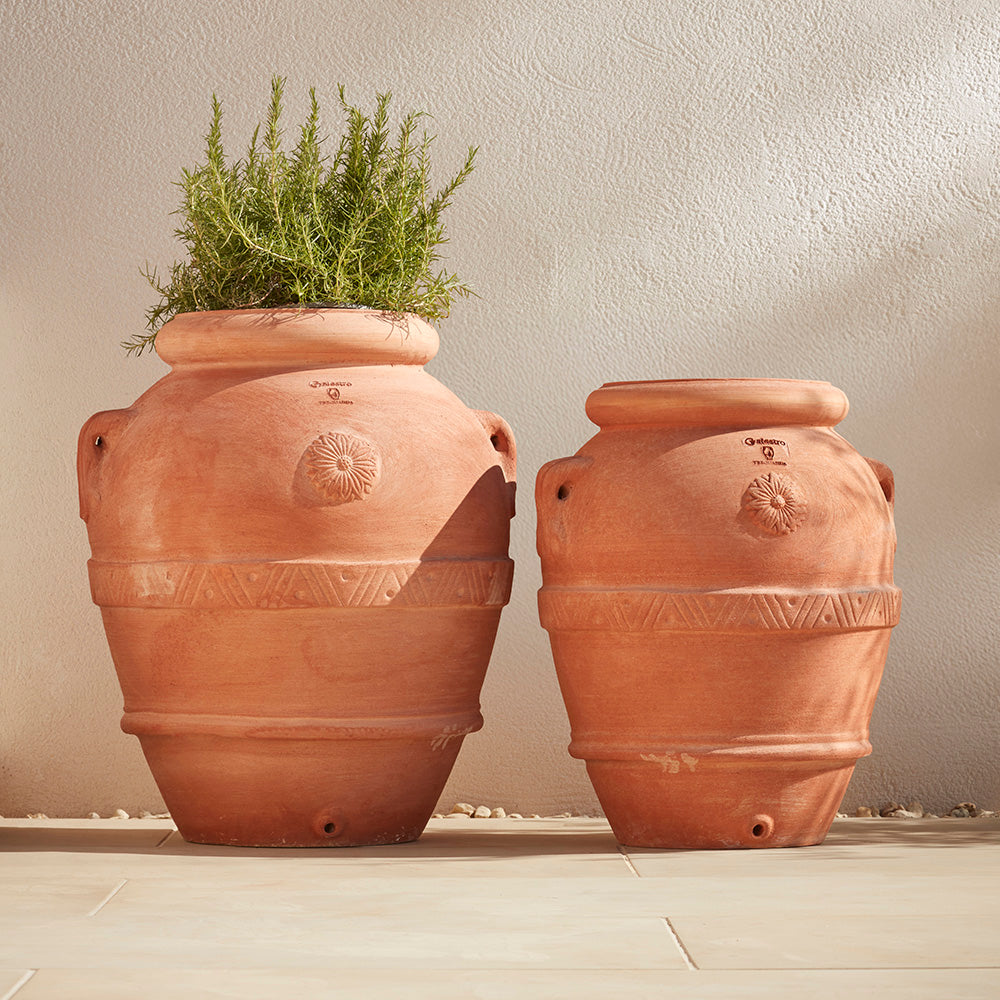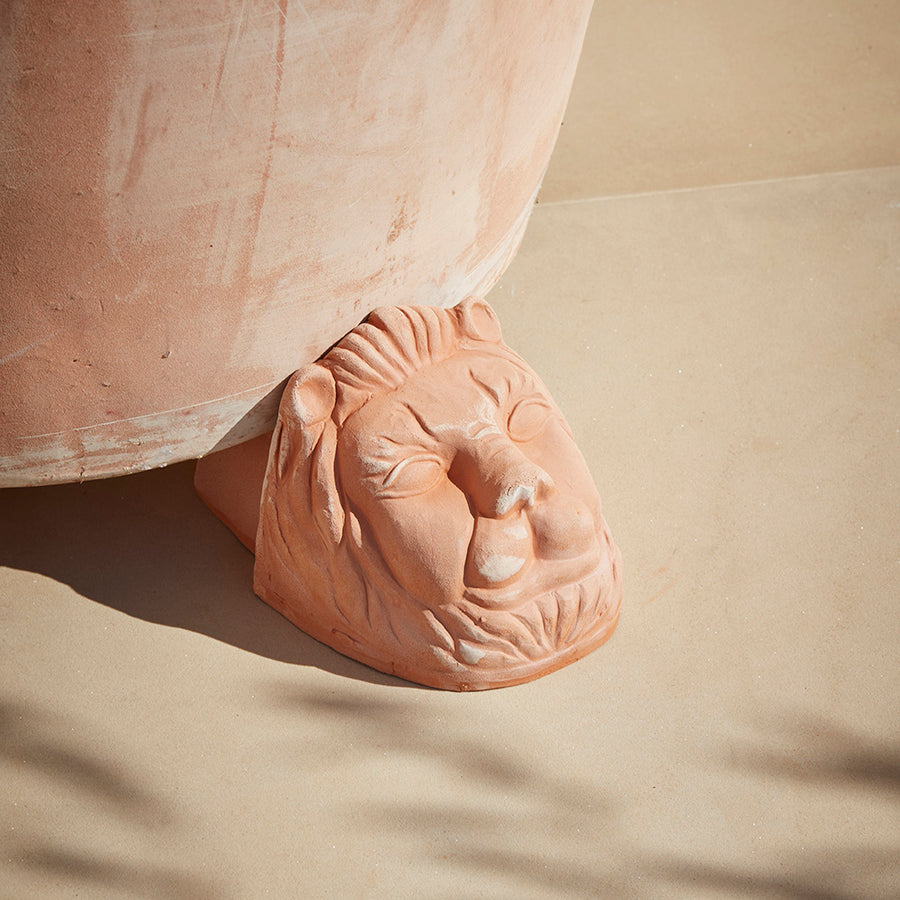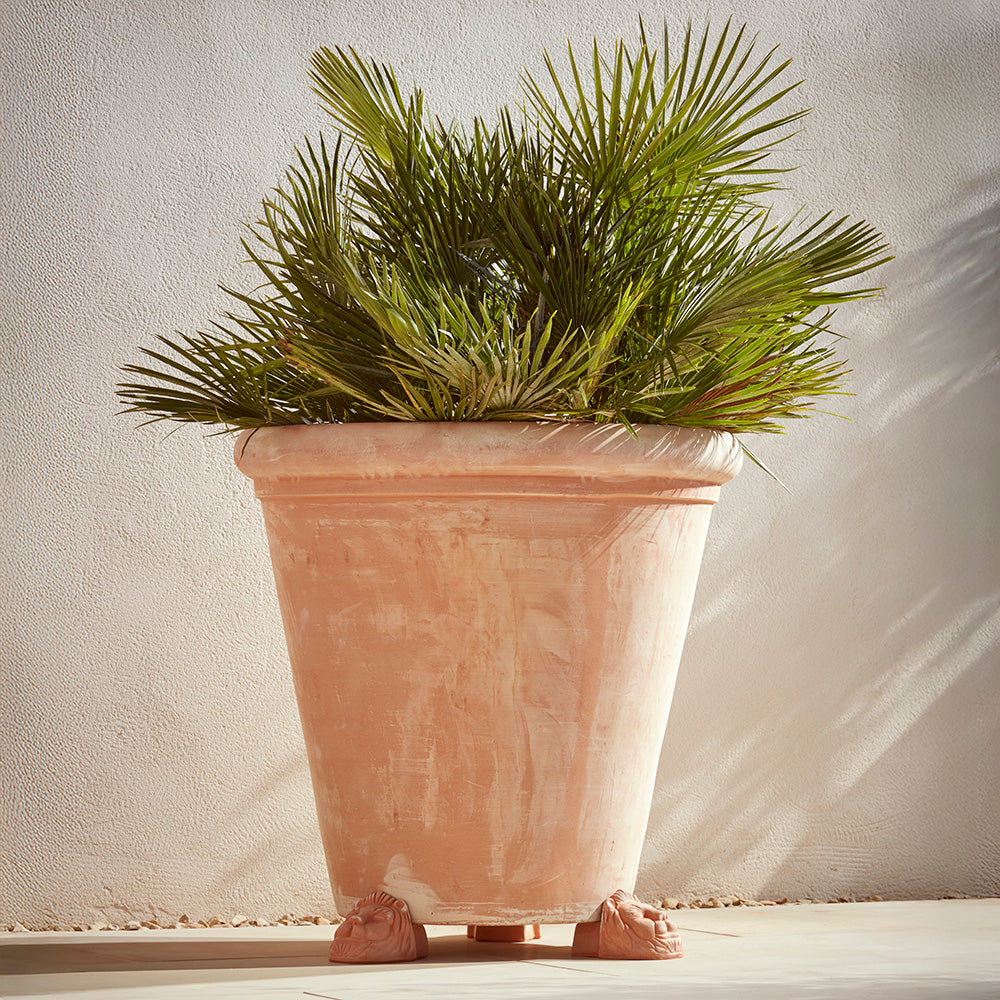How to Create a Pet-Friendly Garden
Pet ownership is undoubtedly one of the greatest pleasures in life so it should come as no surprise that they have been a source of some much-needed company for many people during lockdown. 3.2 million households welcomed new friends last year, according to estimates from the Pet Food Manufacturers' Association.
Whilst our gardens can be a great place for our pets to explore and play, some seemingly harmless plants and gardening products can be toxic for animals. Read on for our guide to a pet friendly garden.
Plants
Some of our most favourite garden plants are actually toxic to pets if ingested. Common everyday plants such as bluebells, daffodils, crocuses, tulips, amaryllis, azaleas, lilies, lily of the valley, begonias, hydrangeas and ivy should ideally be avoided or screened off in your garden and thorny plants are a no no if you have an adventurous pet.
There are plenty of pet friendly plants that will mean your garden can bloom. Lavender, honeysuckle, calendula, nasturtium, sunflowers, roses, fuchsias, rosemary, calendula, dill and fennel are all still beautiful to look at but won’t cause any harm.

Plant pots are an excellent way to preserve your plant, keeping them off the ground, out of harm’s way and offering the opportunity for some colourful displays. Most plants do well in large pots or planters, and they’ll be less likely to be damaged by inquisitive animals.
Our range of luxurious planters are available in an array of shapes, sizes to deter your four-legged friends.
Sensory elements
Including sensory elements in your garden will be stimulating for your pets. Consider different textures in your outdoor space including paving slabs and thick grass to cobbled stones and soft mulch. Herbs and other scented plants will be a feast for their senses whilst ornamental grasses and bamboo will gently sway and make relaxing sounds as the wind passes through them.
A simple water feature in your garden can provide a natural sound that's as calming for animals as it is for their owners and will create a soothing atmosphere.
Create a play area
Your pet is less likely to damage your plants or lawn by digging if you designate them a certain area in the garden to play and explore. Consider creating a zone where they can play with their favourite toys, have places to climb and consider placing an outdoor litter tray or some mulch or soft bark in an area so your pets don’t foul your lawn or borders.
Cats love to roam and clamber through bushes and hedges, as well as hiding nooks and crannies so consider planting robust shrubs to create a safe adventure playground for your companions.
Your pets will enjoy a shady spot for those hot summer days and a receptacle for fresh water to keep cats and dogs hydrated and cool. Dogs also love tunnels and adding one to your garden will be the focal point for most and create unlimited fun.

Natural pest controls
Little critters such as aphids, ants, earwigs, snails and slugs are the bane of a gardener’s life. If you have pets, it is advisable not to use chemicals in your garden, which are likely to be highly poisonous to your pets.
Some natural alternatives to rid yourself of pets include crushed egg shells to keep slugs and snails away from your vulnerable plants, using citrus fruits to trap ants and bugs, spraying aphids with a weak solution of washing-up liquid and water on the stems and underside of leaves, companion planting with pet friendly varieties such as lavender, sage and peppermint, as well as humane traps can help to get rid of mice and rats without using poison.
You can also encourage natural predators to your garden such as hedgehogs and birds that will feast on the pests.
We have a beginner’s guide on natural ways to control pests here for more pet friendly ideas.
Security
Ensure your fencing is secure with no gaps or holes to prevent your pets, especially smaller ones such as rabbits and guinea pigs from escaping. Some animals are likely to try and dig under fences so make sure your fence posts and baseboards are sturdy and strengthened. Escapes can be avoided by placing a paved or stone path between the fence, gate and the grassy area to avoid any digging or burrowing.

Cats and dogs are also natural jumpers, so make sure your fence is at least 6ft if you don’t want them escaping. It is also advisable to put locks on garden gates and shed doors, and use them every time you go in and out.
With a little planning, sharing your home garden with pets can be safer and more enjoyable for everyone, furry animals included.




